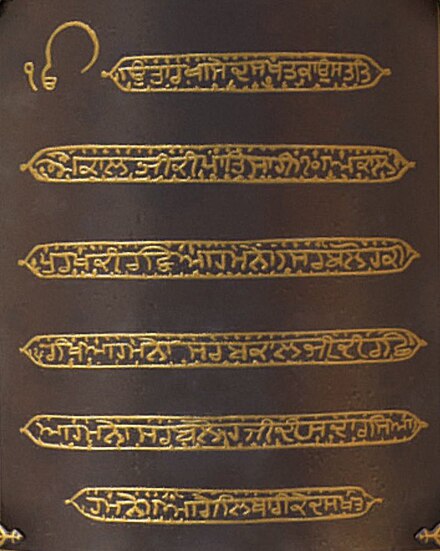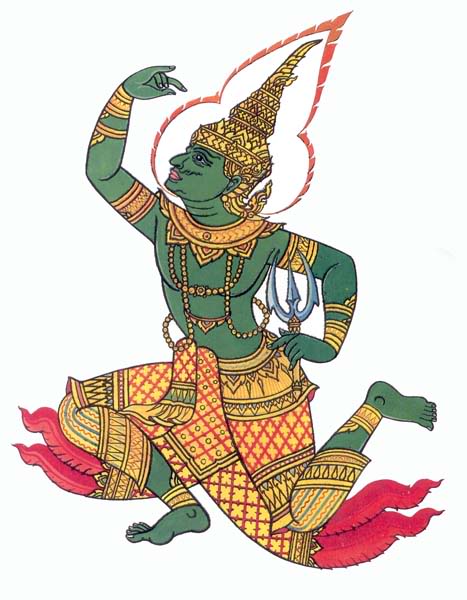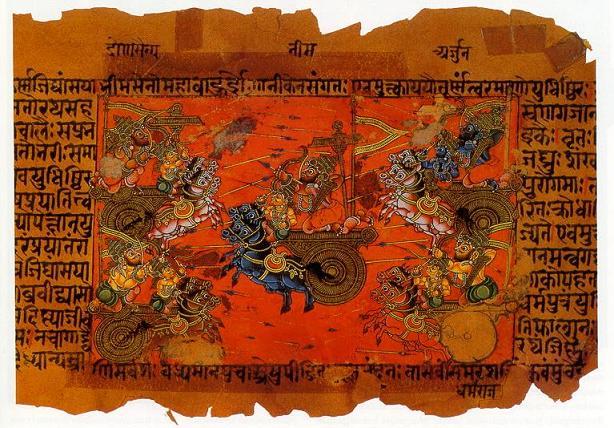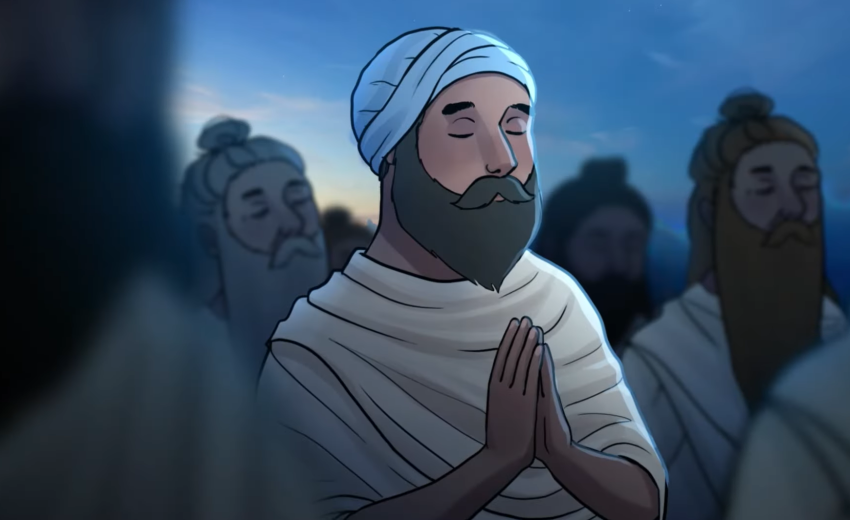Discover the meaning of Akal Purakh, the Eternal Creator, in Sikhism's rich literature and its theological significance.
ALAHNIAN, Guru Nanak\'s composition in measure Vadahans in the Guru Granth Sahib. Alahni, generally used in its plural form alahnian, is a dirge wailingly sung in chorus by women mourning the death of a relation. Etymologically, the word means an utterance in praise (of the departed person). The sorrowful singing of alahnian is part of the mourning custom of siapa. The women assemble at the house of the dead person and cry aloud beating their breasts while standing, or sit together and bewail.
Discover the Abdhut, devotees who embrace Shiva's worship and personal liberation, inspiring others towards spiritual freedom. Learn more about their path.
Discover the profound insights of ANT KAL, the moments before death. Embrace these last reflections through meditation and remembrance.
BHAI: Bhai, literally means brother. In the Sikh culture this term is used to show respect for a person. A saintly person, an intellectual, a humanitarian, a leader may be addressed as Bhai. The British adopted conferring the title of Sardar Bahadur to the persons loyal to their regime.
Discover the legendary role of Chitra Gupta and the spiritual journey beyond karma, as recorded in ancient texts. Attain freedom from Yama's cycle.
Explore Dwapara Yuga's duality and diminished virtues. Learn about the era's challenges and the enlightened few who held fast to the divine truth.
NEJAI In whose house there are Arjuna, an aide-de-camp, Dhru, Prahlada, Ambrika, Narada, Nejai, Siddhas, Buddhas along with ninety-two sporting Ganas and Gandharvas. (Malar Namdev, p. 1292) In the above reference, the devotees of the Lord include Nejai. According to the editors of \'Shabdaratha\', he was a sage. But there was a person named NÃ¥ja or Naya, who was the son of Dharrna by Kriya.
Explore Satyuga, an era of pure Truth and Dharma where contentment and enlightenment thrived, as described in ancient texts. Discover its harmonious virtues.
- 1
- 2









